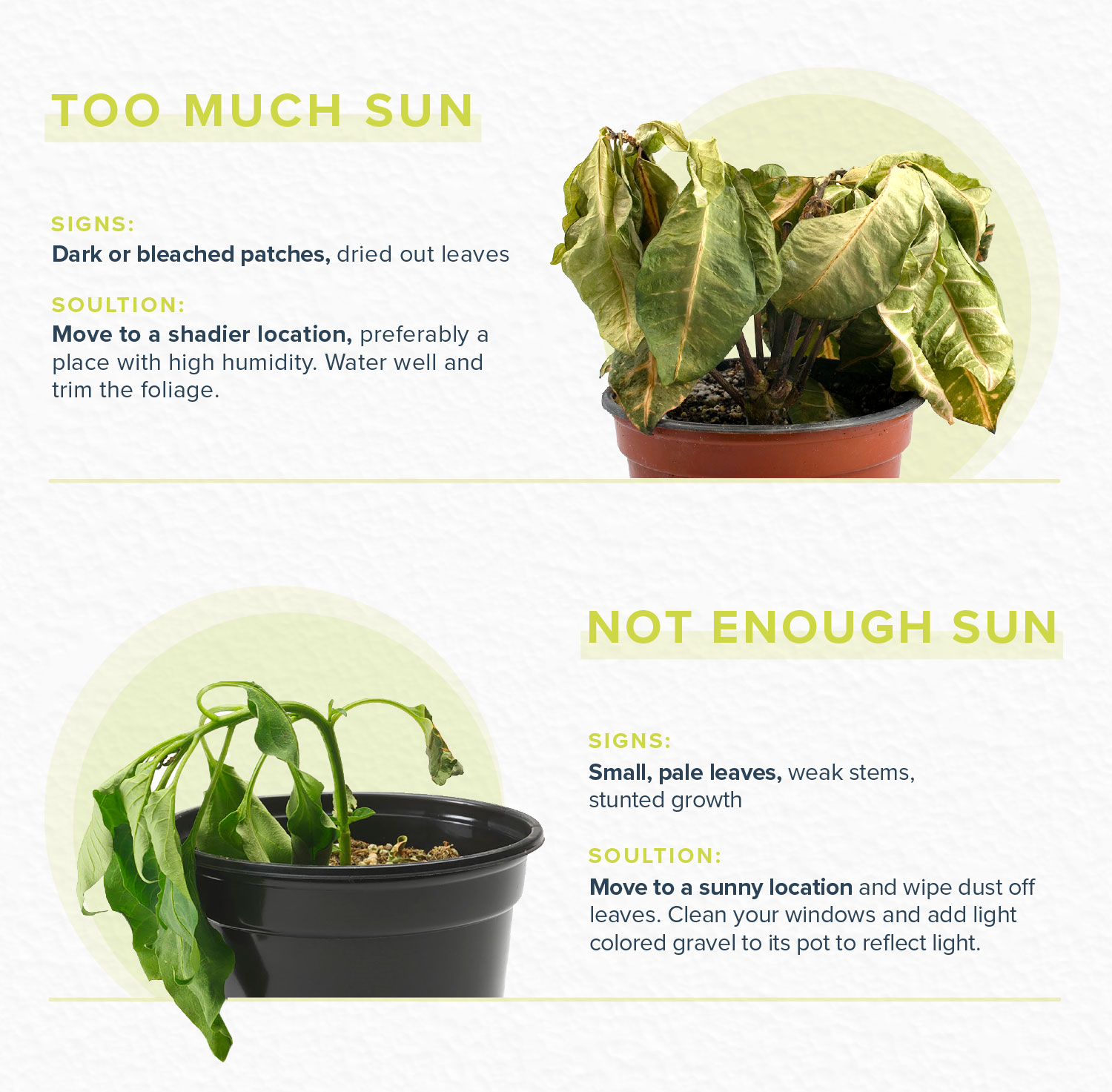Understanding Fuchsia Light Requirements
When it comes to fuchsia care, one of the most critical factors is providing the right amount of sunlight. But how much sun do fuchsias need, exactly? The answer lies in understanding the delicate balance between light and shade that these plants require. Fuchsias need sufficient sunlight to undergo photosynthesis, produce flowers, and maintain overall health. In fact, inadequate sunlight can lead to weak and spindly growth, reduced flowering, and increased susceptibility to disease. On the other hand, excessive sunlight can cause scorching, stress, and pest problems. By grasping the importance of light in fuchsia care, you can create an optimal environment that fosters healthy growth and vibrant blooms.
How to Provide the Perfect Balance of Sun and Shade
Fuchsias require a delicate balance of sunlight and shade to thrive. So, how much sun do fuchsias need? Ideally, they need 4-6 hours of direct sunlight per day, with filtered or dappled shade during the hottest part of the day. This balance is crucial, as insufficient sunlight can lead to weak growth and reduced flowering, while excessive sunlight can cause scorching and stress. To achieve this balance, consider the climate and environment in which your fuchsias are growing. In warmer climates, fuchsias may require more shade, especially during the summer months. In cooler climates, they may require more direct sunlight. By understanding the specific needs of your fuchsias, you can create an optimal environment that fosters healthy growth and vibrant blooms.
The Consequences of Too Little or Too Much Sun
Fuchsias are sensitive to sunlight, and providing either too little or too much sun can have detrimental effects on their health. When fuchsias receive insufficient sunlight, they may exhibit weak and spindly growth, reduced flowering, and increased susceptibility to disease. On the other hand, excessive sunlight can cause scorching, stress, and pest problems. It’s essential to understand the signs of stress and disease that can occur when fuchsias receive too little or too much sun. These signs may include yellowing or browning leaves, droopy stems, and a lack of vigor. By recognizing these signs, you can take corrective action to adjust the amount of sunlight your fuchsias receive, ensuring they receive the optimal amount of sun to thrive. Remember, knowing how much sun do fuchsias need is crucial in preventing these issues and promoting healthy growth.
Fuchsia Varieties: Do They Have Different Sun Requirements?
While fuchsias generally require 4-6 hours of direct sunlight per day, different varieties have unique sun requirements. Compact fuchsias, for instance, can thrive in partial shade, making them ideal for indoor containers or shaded outdoor areas. Trailing fuchsias, on the other hand, require more sunlight to promote vigorous growth and flowering. Upright fuchsias, with their more robust stems, can tolerate full sun to partial shade. It’s essential to research the specific sun requirements of your fuchsia variety to ensure you’re providing the optimal amount of sunlight. Remember, understanding how much sun do fuchsias need is crucial in catering to their specific needs and promoting healthy growth. By recognizing the unique characteristics of your fuchsia variety, you can adjust their sunlight exposure to achieve optimal growth, flowering, and overall well-being.
East-, West-, or South-Facing Windows: What’s Best for Fuchsias?
When it comes to choosing the perfect window orientation for your fuchsias, it’s essential to consider the direction of sunlight and its impact on plant growth and health. South-facing windows receive the most direct sunlight, making them ideal for fuchsias that require full sun to partial shade. However, if you’re growing fuchsias in a south-facing window, be cautious of scorching, especially during the summer months. East- and west-facing windows, on the other hand, receive gentler, indirect sunlight, making them suitable for fuchsias that prefer partial shade to full sun. Understanding how much sun do fuchsias need and adjusting their window orientation accordingly can make a significant difference in their growth and flowering. By selecting the right window orientation, you can provide your fuchsias with the optimal amount of sunlight, promoting healthy growth and vibrant blooms.
Using Shading Techniques to Regulate Sunlight
To ensure fuchsias receive the right amount of sunlight, it’s essential to employ shading techniques, especially in regions with intense sunlight. Sheer curtains, shading paint, or louvers can be used to filter the sun’s rays, preventing scorching and promoting healthy growth. By understanding how much sun do fuchsias need, you can adjust the shading technique to provide the optimal amount of sunlight. For instance, during the summer months, you may need to use a thicker shading material to block out excessive sunlight, while in the winter, a lighter material may be sufficient. Additionally, consider using movable shading devices, such as umbrellas or canopies, to provide flexibility in regulating sunlight. By incorporating shading techniques into your fuchsia care routine, you can create a balanced environment that fosters optimal growth, flowering, and overall well-being.
Fuchsia Sun Requirements in Different Seasons
Fuchsias have varying sun requirements throughout the year, and understanding these changes is crucial for optimal growth and flowering. In the winter months, fuchsias typically require less sunlight, around 2-3 hours of direct sunlight per day, as they are in a dormant state. During this period, it’s essential to provide bright, indirect light to promote healthy growth. In the spring, as the days get longer, fuchsias can tolerate more sunlight, around 4-5 hours of direct sunlight per day. This increased sunlight exposure helps to stimulate new growth and flowering. In the summer, fuchsias require the most sunlight, around 6 hours of direct sunlight per day, but it’s essential to provide shading techniques to prevent scorching. In the fall, as the days get shorter, fuchsias require less sunlight, around 3-4 hours of direct sunlight per day. By understanding how much sun do fuchsias need in different seasons, you can adjust their care accordingly, ensuring they receive the optimal amount of sunlight for healthy growth and flowering.
Monitoring and Adjusting Fuchsia Sunlight for Optimal Growth
Regular monitoring and adjustment of fuchsia sunlight exposure are crucial for optimal growth, flowering, and overall well-being. By understanding how much sun do fuchsias need, you can ensure they receive the right amount of sunlight to thrive. Start by observing your fuchsia plants daily, taking note of their response to sunlight. Check for signs of stress, disease, or pest susceptibility, which can indicate insufficient or excessive sunlight. Adjust the sunlight exposure accordingly, using shading techniques or relocating the plant to a more suitable location. Additionally, consider the time of day and year, as well as the climate and environment, when adjusting sunlight exposure. By regularly monitoring and adjusting fuchsia sunlight, you can create a balanced environment that fosters healthy growth, vibrant flowering, and a strong immune system. Remember, fuchsias are adaptable plants, and with careful attention to their sunlight needs, they can thrive in a variety of conditions.








:max_bytes(150000):strip_icc()/fuchsia-flower-closeup--large-fuchsia-flower-839956022-1808bb05b7f14208b7d0353bf0667132.jpg)
